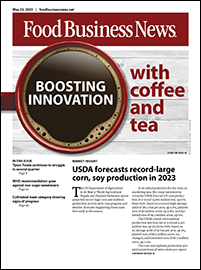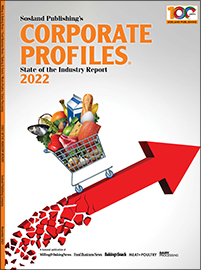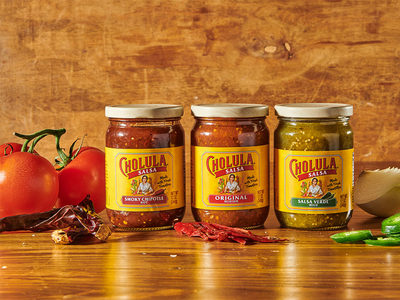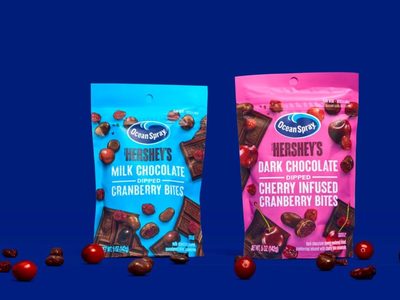SECAUCUS, NJ. — Organic ingredients, aluminum packaging and dairy alternatives may appeal to consumers concerned about sustainability, according to speakers in an April 18 beverage presentation during SupplySide East at the Meadowlands Exposition Center in Secaucus.
“We see a huge chunk of population that is angry now,” said Diane K. Ray, vice president of strategic innovation for the Natural Marketing Institute (NMI), Harleysville, Pa. “They used to be concerned. Now they are angry. They say the food chain is pretty bastardized with chemicals.”
A survey from the NMI revealed 83% of consumers between the ages 40 to 49 said they were concerned about the link between chemicals in consumer products/foods and a rise in overall diseases like cancer and heart disease. Other percentages were 80% for 30 to 39, 73% for over 65, 69% for 50 to 64, and 63% for 18 to 29.
Such concern represents an opportunity for organic beverages. Forty-six percent of consumers in a 2022 NMI survey said in the past year they had purchased organic beverages, excluding milk, which was up from 41% in 2017. Over the same five years the percentage of consumers who said they had purchased organic dairy milk in the past year rose to 46%, up from 39%.
 Diane Ray, vice president of strategic innovation for the Natural Marketing Institute. Photo: Sosland Publishing Co.
Diane Ray, vice president of strategic innovation for the Natural Marketing Institute. Photo: Sosland Publishing Co.“People think organic is old news,” Ms. Ray said. “It is not.”
Regenerative agriculture shows promise as another sustainability claim.
“They (consumers) don’t quite get it yet, but they are getting there,” Ms. Ray said of the term.
Sustainability issues may impact both the dairy category and the dairy alternatives category.
Candace Smith-Lee, senior beverage scientist for OFI, a business of Singapore-based Olam International, pointed to data from Innova Market Insights, Arnhem, The Netherlands, showing dairy protein made up 34% of total new product launches in the sports nutrition category. Growth is coming through new ingredients like whey protein from grass-fed cows and the removal of preservatives in the products, she said.
Pistachios may inject innovation into the dairy alternatives category.
“It has a new sustainability story that people are interested in,” Ms. Smith-Lee said. “It has a brilliant green color that adds some fun experience to it. It has a different flavor profile.”
Sam Kressler, founder of the consulting company Stir Innovation, Boulder, Colo., spoke about how sustainability differs by packaging choice.
Plastic and Tetra Pak packages are being recycled more often, but it depends on municipality regulations, he said. Plastic and Tetra Pak may be necessary in some cases. Glass packaging would explode in certain high-temperature processing, he said.
Glass packaging is recyclable, and consumers perceive it as a higher quality, but, being heavy, glass increases carbon footprint, Mr. Kressler said.
“You are transporting more,” he said. “You are using more fossil fuels to get it from plant A to plant B.”
Cost may be another drawback. Mr. Kressler said he worked with a beverage startup company that saved about 60¢ per unit by moving to aluminum from glass.
“I like aluminum,” Mr. Kressler said. “It’s readily recyclable. It’s light. It’s inexpensive. Consumer perception has shifted so that they feel they are buying premium products in aluminum.”
A negative is not being able to see inside the product.
Mr. Kressler said the industry needs to look at how innovation will impact all stakeholders throughout the supply chain, from farmers to food and beverage company employees to consumers.
“What are the ripples that we are creating through our decisions throughout the marketplace?” he said.





